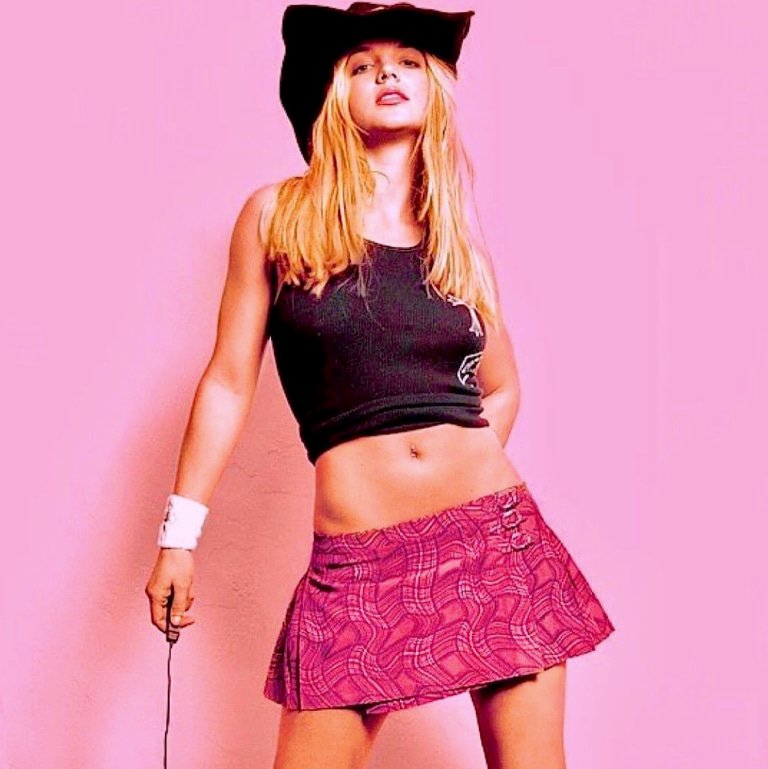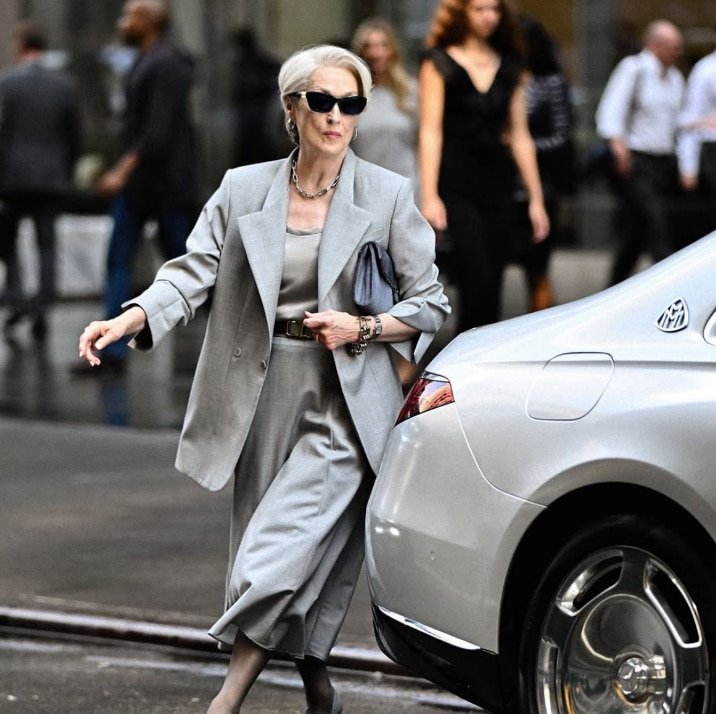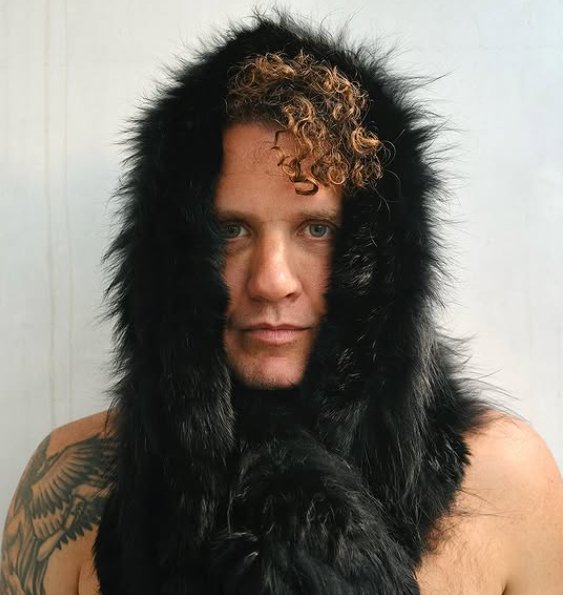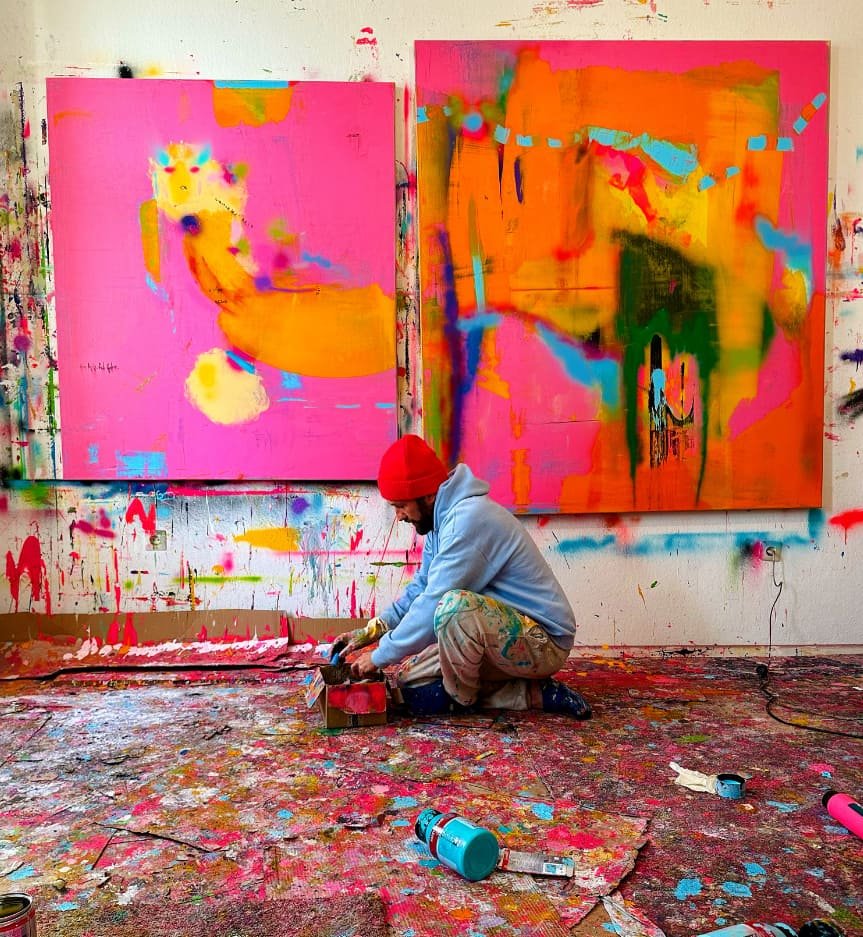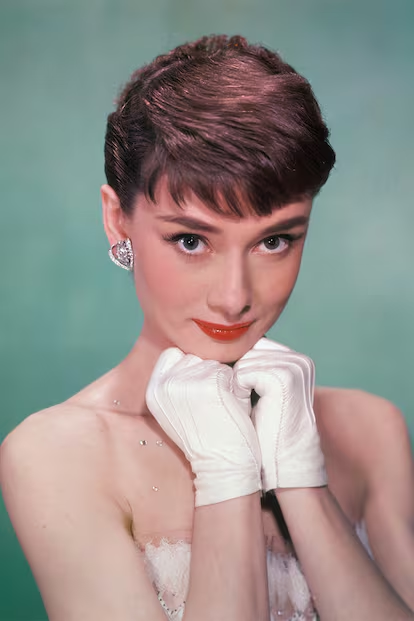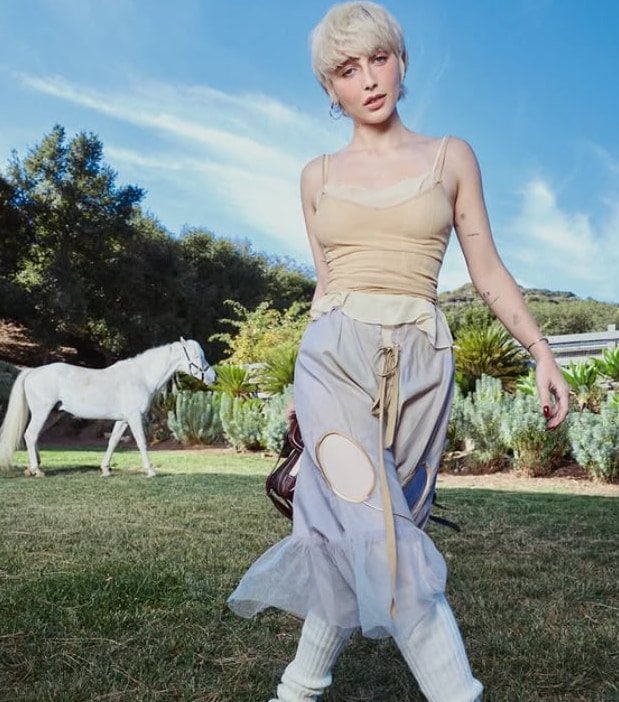Forget the polished image of the “art world” with champagne openings, giant murals, and record-breaking auctions. Travel to New York, 1982. Wall Street fever is peaking, capitalism wearing its glossy lipstick, and the city vibrating to the rhythm of money. And there—against all logic—an artist decides to plant wheat. Yes, wheat. A silent bomb in the middle of the system.
Agnes Denes — visionary, conceptual, razor-sharp — took two acres of landfill facing the World Trade Center and turned them into a golden, living field. She titled it Wheatfield, A Confrontation. It wasn’t a performance for likes (they didn’t exist). It wasn’t branding. It wasn’t artistic posturing. It was a manifesto-work that challenged the very idea of progress, right at the core of capitalism.
Picture the scene: Armani suits and Italian leather shoes rushing to the stock exchange, while a wheatfield swayed in the breeze next door. An oasis, yet also an open wound in the urban narrative. Where a speculative property worth over $4 billion was expected to rise, Denes planted life. Provocation? Poetry? Rebellion? All of the above.
The artist grew and harvested over a thousand pounds of grain with her own hands, dismantling the assumption that art must be an object, a painting, or a monument. Her work became food, metaphor, and critique. A physical—not symbolic—reminder that land holds value far beyond real-estate price tags. That a field can be more subversive than a political manifesto.
Wheatfield spoke of inequality, of misplaced urban priorities, of the fracture between nature and modernity, of how financial brilliance blinds us to what truly sustains us. In the era of “money makes the world go round,” Denes planted life as a question impossible to ignore: What is the point of progress if it destroys what keeps us alive?
Viewed through a 2025 lens, her action could easily resemble a high-concept fashion editorial we’d now praise: raw texture, organic styling, poetic visuals, message sharp as a blade. But Denes arrived decades before magazines turned “sustainability” into a trend. She didn’t romanticize nature — she wielded it as political force.
Today, the wheatfield remains a reference point in contemporary art, ecological thinking, and visual activism. Its relevance is almost uncomfortable. We’re still sprinting toward “progress” without questioning the cost, still confusing value with price, still believing cities can devour endlessly without consequence.
Denes didn’t shout. She planted. And that was her revolution.
For a generation obsessed with going viral, Wheatfield reminds us that the most radical act may be to slow down, nurture, cultivate, and occupy space with life rather than ego.
So maybe the next groundbreaking artistic — or fashion — gesture isn’t to launch something new, but to plant something that lasts. Would you dare?





